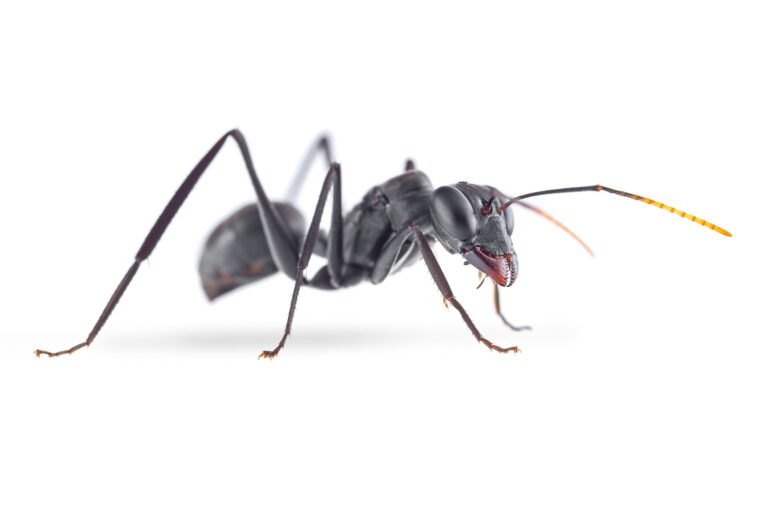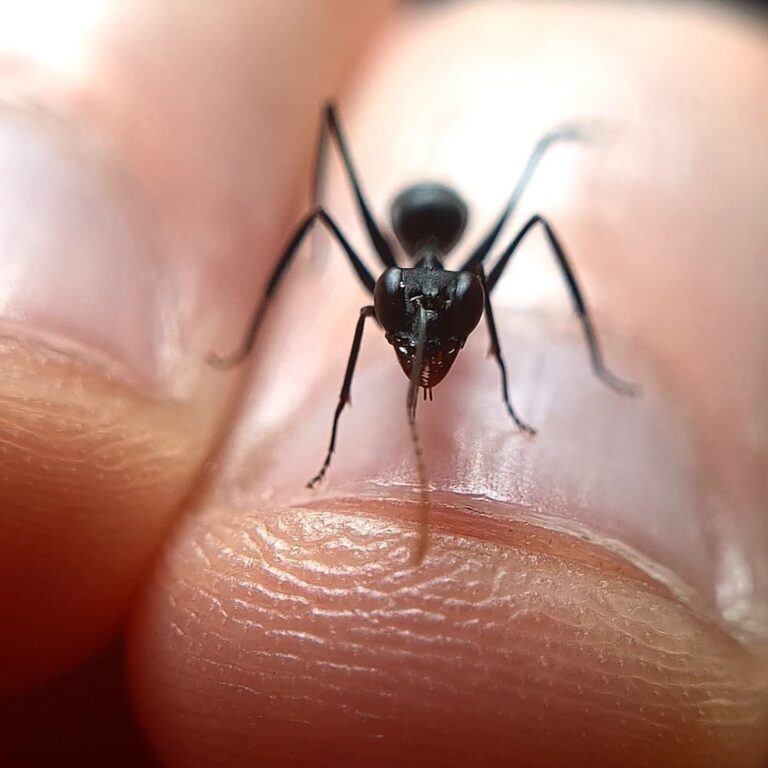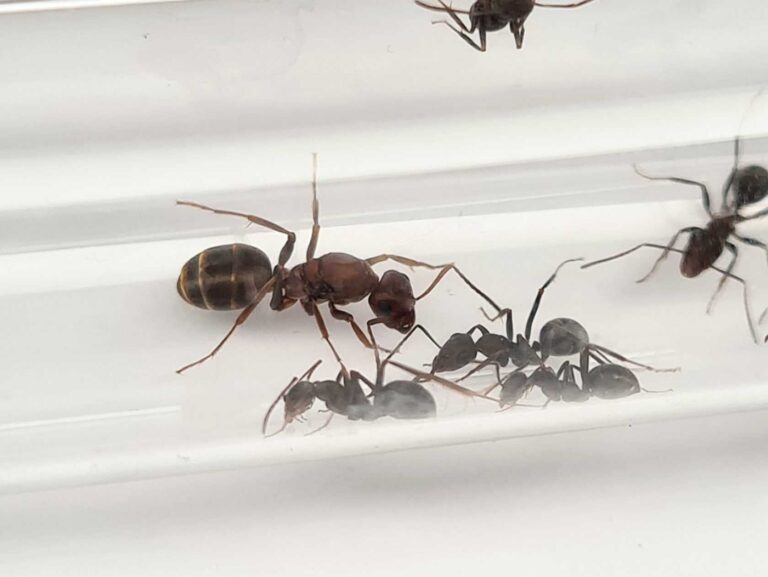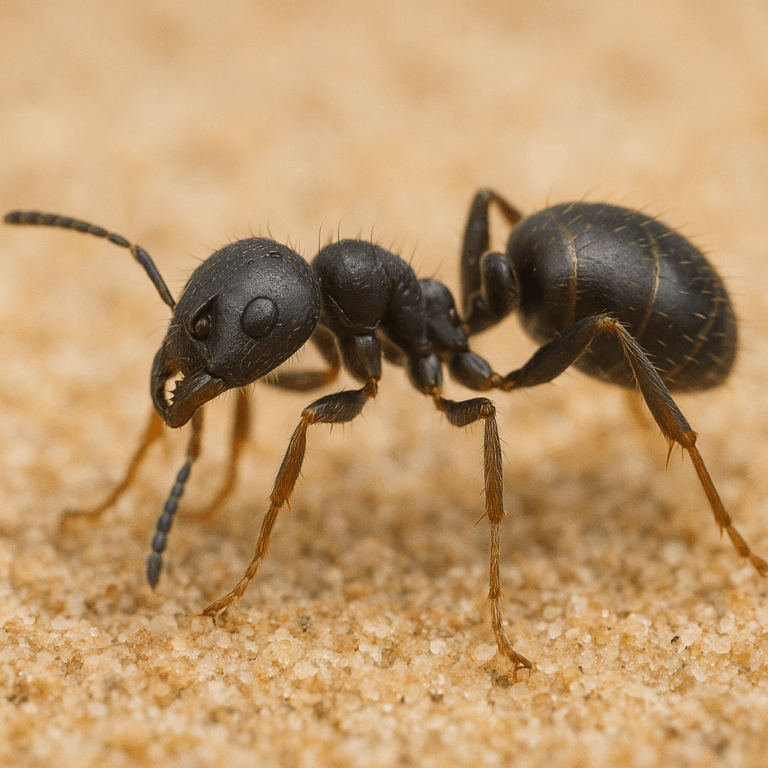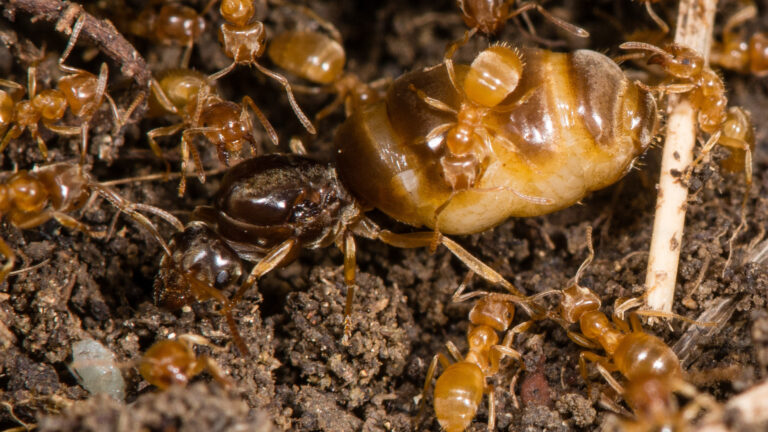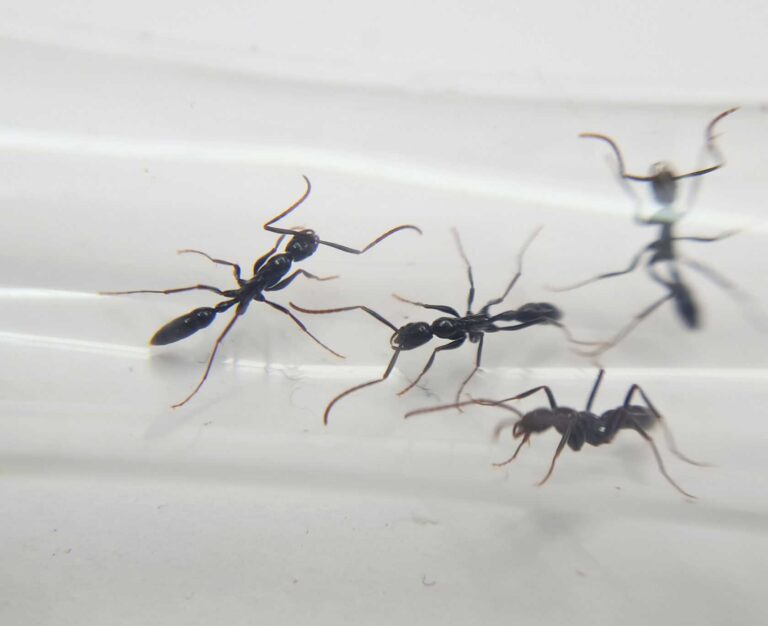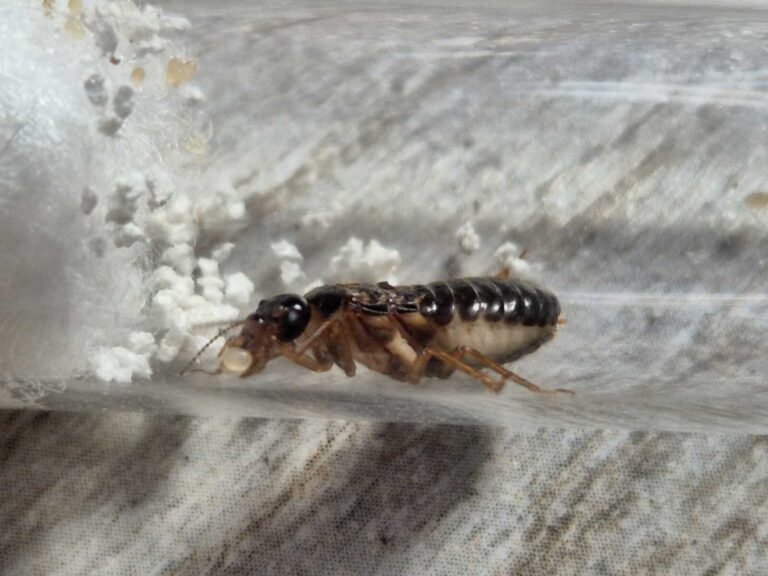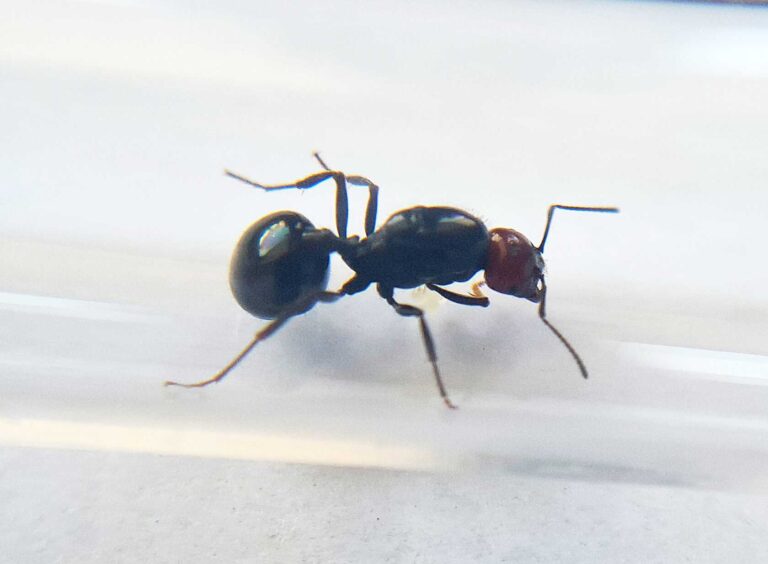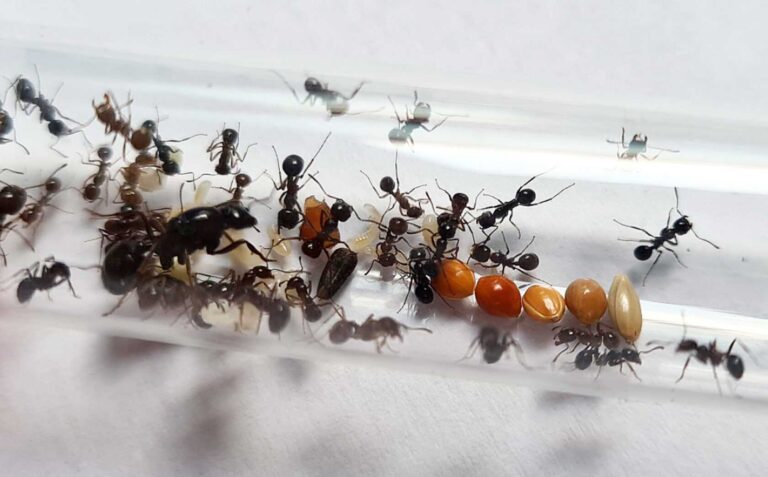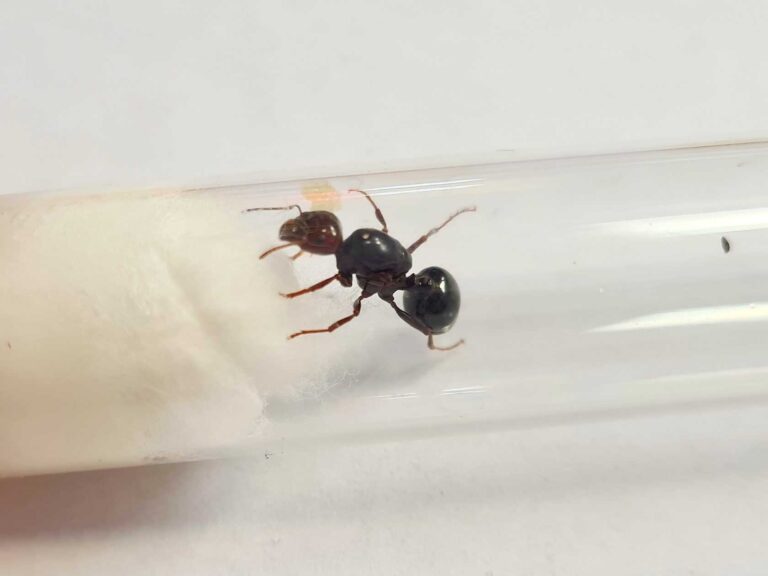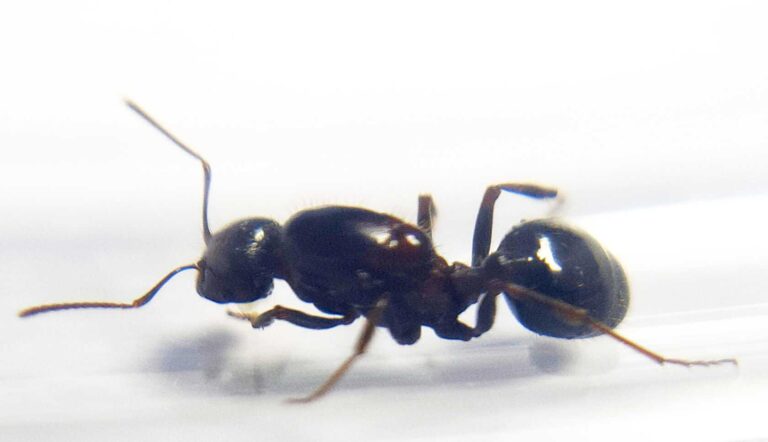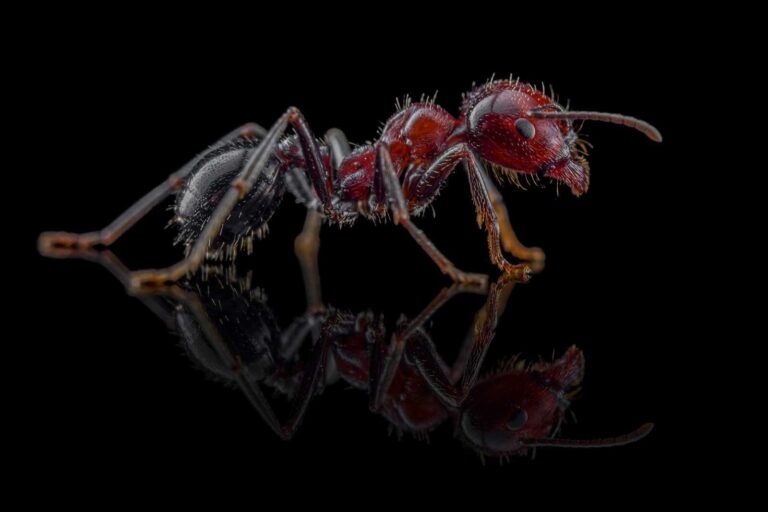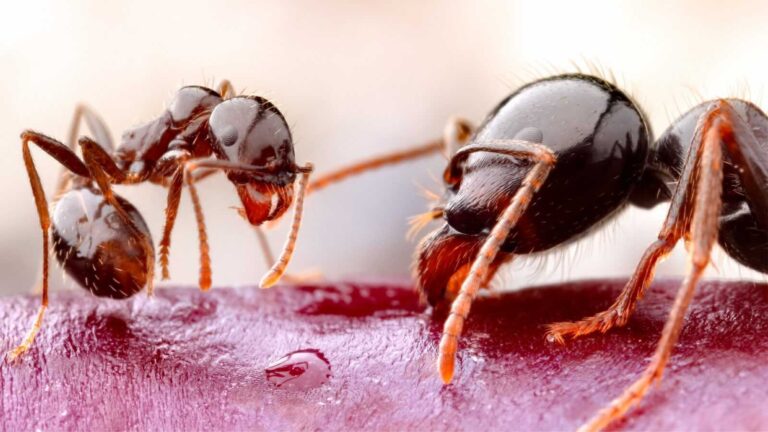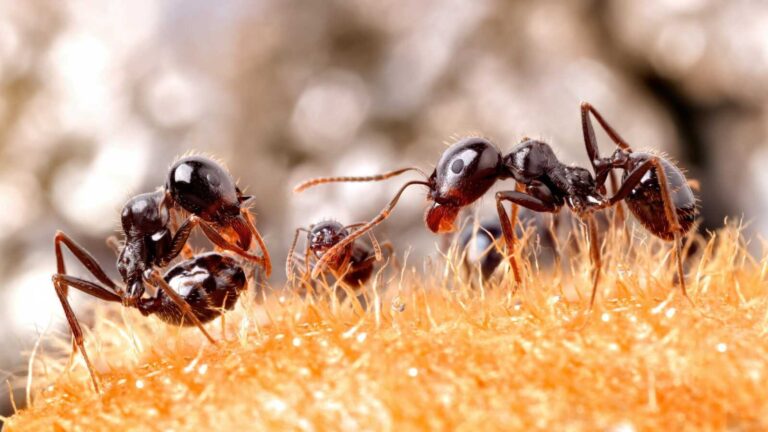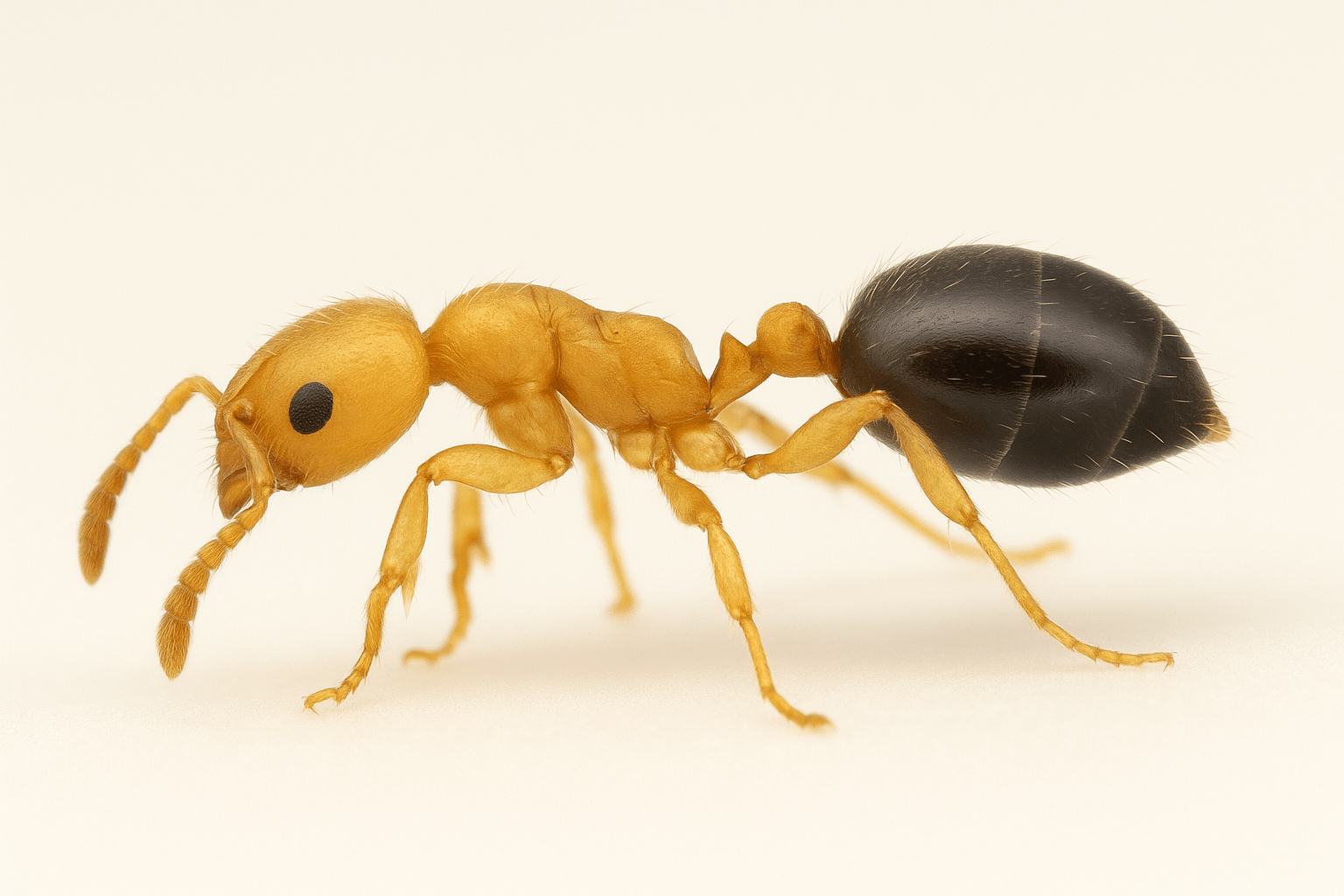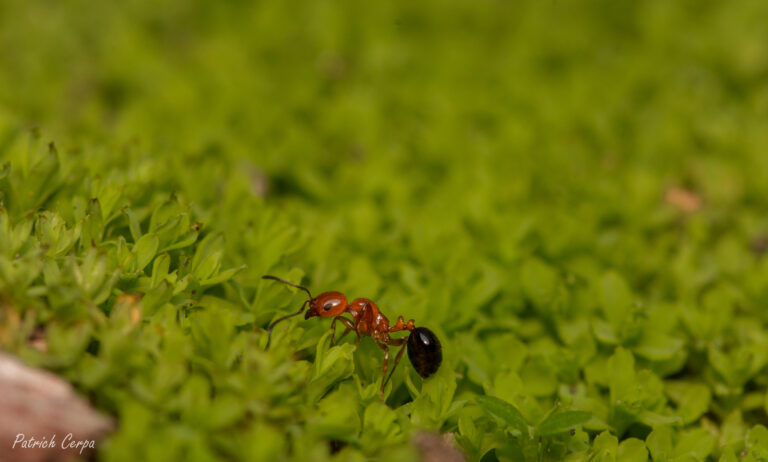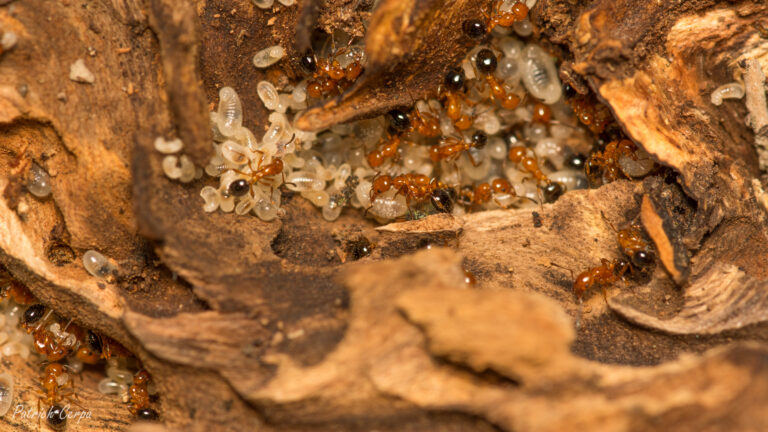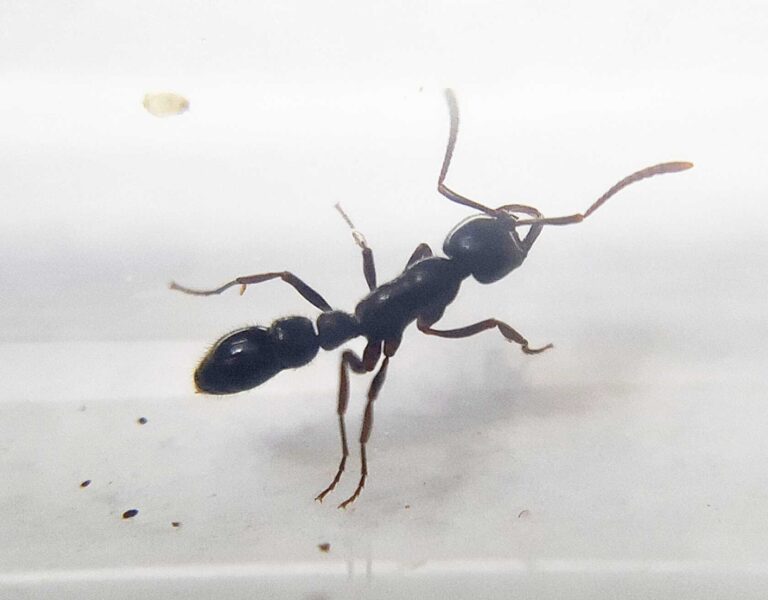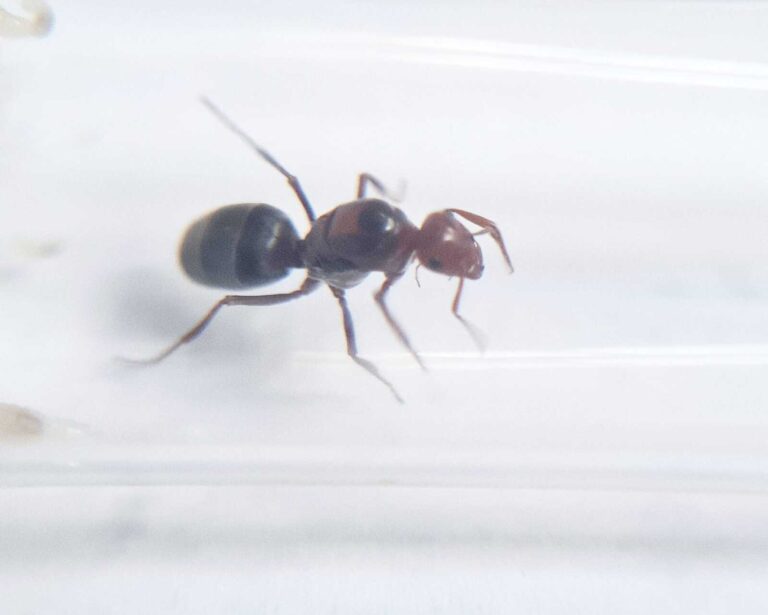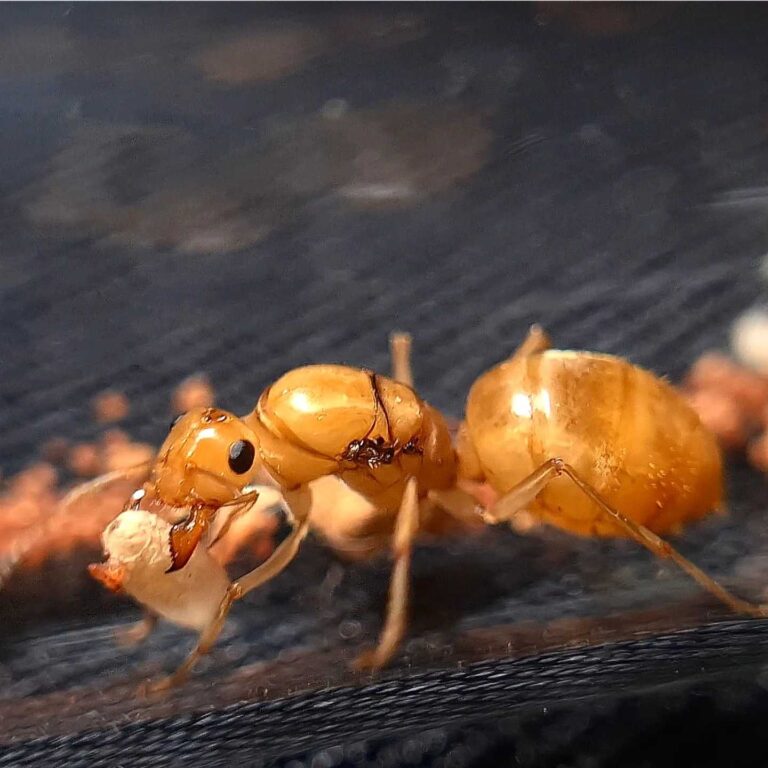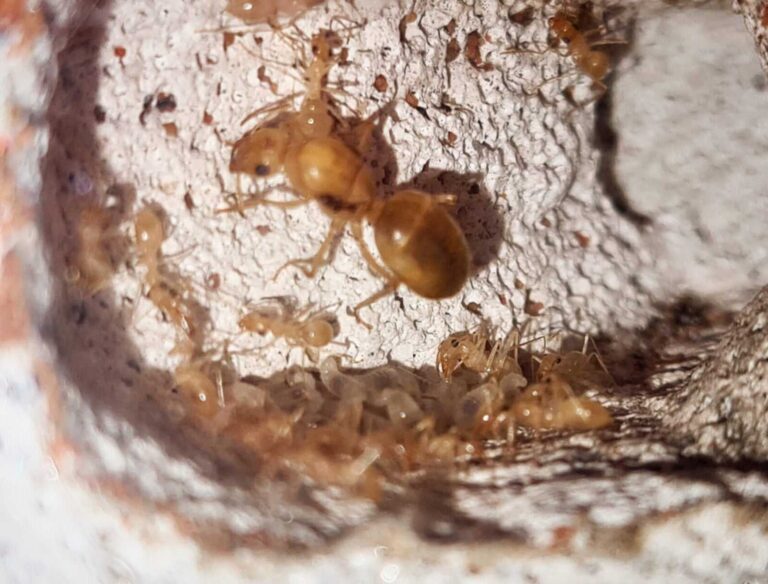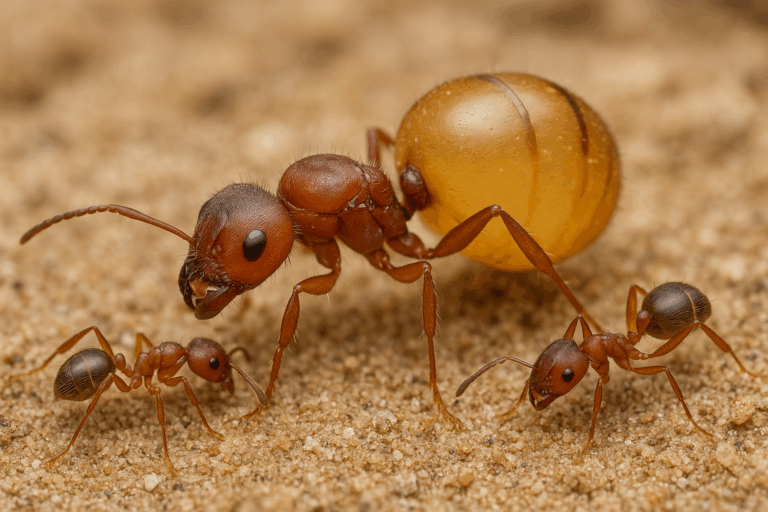Showing 101–120 of 164 results
Product categories
Stock status
Filter by price
Behavior
Defficulty
Number of workers
- Queen 160
- Queen and 1-3 workers 157
- Queen and 4-10 workers 158
- Queen and 11-20 workers 158
- Queen and 21-40 workers 158
- Queen and 41-60 workers 155
- Queen and 61-100 workers 88
- Queen and 101-200 workers 8
- Queen and 201-500 workers 4
- Queen and 501-1000 workers 2
- Queen and 1-50 workers 2
- Queen and 51-100 workers 2
- 2 Queens 16
- 2 Queens and 1-3 workers 14
- 2 Queens and 4-10 workers 14
- 2 Queens and 11-20 workers 14
- 2 Queen and 21-40 workers 12
- 2 Queens and 41-60 workers 13
- 2 Queens and 61-100 workers 8
- 2 Queens and 101-200 workers 2
- 2 Queens and 201-500 workers 1
- 3 Queens 4
- 3 Queens and 1-3 workers 5
- 3 Queens and 4-10 workers 5
- 3 Queens and 11-20 workers 5
- 3 Queens and 21-40 workers 5
- 3 Queens and 41-60 workers 5
- 3 Queens and 61-100 workers 4
- 3 Queens and 101-200 workers 2
- 3 Queens and 201-500 workers 1
Origin
Filter by size
Wintering
Gigantiops destructor
1799,90 złGigantiops destructor is a monogynous ant species with a colony size of up to 300 workers. They have a medium development rate and the queen measures 13-15mm while the workers measure 10-15mm. They are black in color and their nutrition consists of food insects, syrup, and sweet fruit. They thrive in humid environments, with an arena humidity of 70-80% and nests at 70-90%.
Iberoformica subrufa
119,90 zł – 299,90 złIberoformica subrufa, the Red-brown Ant, is a polygynous species known for its complex social structure. With multiple reproductive queens in a single colony, it exhibits a high level of organization and efficiency in various tasks.
Lasius alienus
39,90 złLasius alienus is a species of ant commonly found in Europe and parts of Asia. It typically nests in soil, often under stones or in grassy areas. These ants are small, dark brown to black, and are known for their cooperative colony behavior. Lasius alienus plays an important role in the ecosystem by aerating soil and preying on small insects.
Lasius flavus
39,90 zł – 119,90 złLasius flavus is a peaceful, slow-growing species best suited for patient keepers who enjoy subtle colony dynamics over flashy surface activity. Their unique subterranean behavior, gentle disposition, and aphid-farming instincts make them a fascinating contrast to surface-foraging species like L. niger or L. alienus. Ideal for naturalistic setups and long-term observation, L. flavus offers a deep look into the hidden world beneath our feet.
Leptogenys diminuta
589,90 złLeptogenys diminuta is a black ant species with monogynous colonies, consisting of up to 400 individuals. The ants have a medium development rate and the queen and workers are both 10-12mm in size. They require a diet of live insects and fruit, and prefer a humidity level of 50-70% in the arena and 60-80% in the nest. The temperature should be maintained between 22-28 °C in the arena and 21 °C in the nest.
Macrotermes gilvus
399,90 zł – 499,90 złMacrotermes cf. carbonarius is a species of large termites found in tropical regions. They are known for their unique characteristics and behaviors. The workers typically measure around 3-4 millimeters in size.
Messor angularis
179,90 zł – 369,90 złMessor angularis is a black ant with a bright red head. It forms monogynous colonies of up to 5000 workers. The queen measures 11-13mm, workers measure 4-7mm, and majors measure 8-11mm. They consume food insects and plant seeds, and require a humidity level of 30-50%.
Messor ebeninus
75,90 zł – 195,90 złThe Messor ebeninus is a monogyny ant species with colonies that can have up to 5000 workers. They have a slow development rate and sizes ranging from 3-12mm. The ants are black in color and feed on food insects and seeds. They require a humidity level of 30-70% and a temperature range of 25-30 °C in their arena and nest.
Messor galla
229,90 zł – 389,90 złMessor galla is a monogynous ant species with colony sizes of up to 10,000 workers. They have a medium development rate. The queen is 14-17mm in size, while workers range from 4-9mm and soldiers from 8-12mm. Their head and back are dark burgundy, with the rest of their body being dark in color. They primarily feed on plant seeds, food insects like cockroaches and crickets, as well as fruits and vegetables.
Messor instabilis
289,90 zł – 449,90 złMessor instabilis is a monogynous ant species with colony sizes up to 5000 workers. They have a slow development speed. The queen is 10-13mm in size, workers are 3-7mm, and majors are 7-11mm. They have a dark color with a dark brown-red chest. Their diet consists of food insects like cockroaches and crickets, as well as seeds. They require humidity levels of 30-50% in the arena and 50-70% in the nest.
Messor minor
89,90 zł – 249,90 złMessor minor is a species of ant that belongs to a monogynous colony type. The colony size is around 10,000 individuals and the development rate is considered medium. The queen measures 10-13mm in size while the workers range from 4-9mm. The ants have a red head and back with a dark body. They primarily feed on insects, syrup, fruit, vegetables, jelly, and cooked chicken without salt.
Messor minor hesperius bicolor
159,90 zł – 299,90 złMessor minor hesperius bicolor is a medium-sized ant colony of monogyny with a population of around 10,000 individuals. The ants have a red head and back with a dark body. They feed on insect food like cockroaches and crickets, as well as seeds. The ants require a humidity level of 30-50% in the arena and 50-70% in the nest.
Messor muticus
39,90 zł – 199,90 złMessor muticus is a polyogynous ant species with a colony size of 5,000 workers. They have a moderate development rate and the queen measures 11-13mm, while workers and majors range from 4-7mm and 7-10mm, respectively. They have a brown to brownish-red color and feed on food insects, fruits, vegetables, and seeds. The humidity of their arena should be maintained at 30-50% and their nest at 70-90%.
Messor wasmanni
34,90 zł – 169,90 złMessor wasmanni is a monogynous ant species with a colony size of 5,000 workers. Their development rate is medium, with queens measuring 9-11 mm and workers measuring 3-8 mm. They have shiny black to black-brown heads and abdomen, dark red torsos, and mostly black males. They primarily feed on food insects and seeds, and require a humidity level of 30-50% in their arena.
Monomorium cekalovici
499,90 złMonomorium cekalovici is a monogynous ant species with colonies reaching up to 10,000 workers. They exhibit a moderate development speed. The queen measures approximately 8–9 mm in length, while workers are 2.5–3.5 mm. Their head and thorax are yellowish-brown, contrasting with a darker brown gaster. They feed primarily on small insects, sugary liquids, jelly, fruit, and protein-rich foods such as cooked egg or chicken.
Monomorium chilense
109,90 zł – 500,00 złMonomorium chilense is a small, fast-developing ant species native to South America. Workers measure 2–3 mm, and queens about 5–6 mm. They are light to reddish-brown, highly active, and efficient foragers. Colonies grow quickly with warmth and protein-rich diets. Though non-aggressive, they are excellent escape artists and require secure, compact nests. Ideal for keepers seeking a small, adaptable, and low-maintenance species.
Myopias sonthichaiae
999,90 złMyopias sonthichaiae is a monogynous ant species that can have several hundred workers. They have a medium development rate and their workers are 9-11 mm in size with a black body and orange legs. They feed on food insects, fruits, vegetables, and syrup. They require a humidity level of 30-50% in the arena and 50-70% in the nest.
Myrmecocystus mendax
599,90 złThe Myrmecocystus mendax ant colony is polygynous, with a colony size of 10,000 workers. They have a medium development rate and range in size from 10-12mm for queens and 4-8mm for workers. They are reddish in color with a black back. They feed on food insects, fruits, vegetables. The recommended humidity for their arena is 40-60% and for their nest is 50-70%.
Myrmecocystus navajo
709,90 zł – 1179,90 złMyrmecocystus navajo is a monogynous ant species with a colony size of 10,000 individuals. They have a medium development rate and their queen is 11-12mm in size while workers are 4-8 mm. They are yellow in color and their nutrition consists of food insects, fruit, vegetables, and syrup. The humidity levels for their arena and nest should be maintained between 40-50% and 50-70% respectively, while the recommended temperature for their arena is 24-30 degrees Celsius.
Myrmecocystus romainei
699,90 złMyrmecocystus romainei is a rare, monogynous ant species native to arid regions of the southwestern United States. It is notable for its honey pot workers (repletes) that store liquid food in their swollen gasters. The queen measures around 11–12 mm, and workers range from 4–8 mm. This species typically shows a reddish to tan coloration, with a darker gaster. Like other Myrmecocystus, it thrives in warm, dry environments and has a medium development rate.


